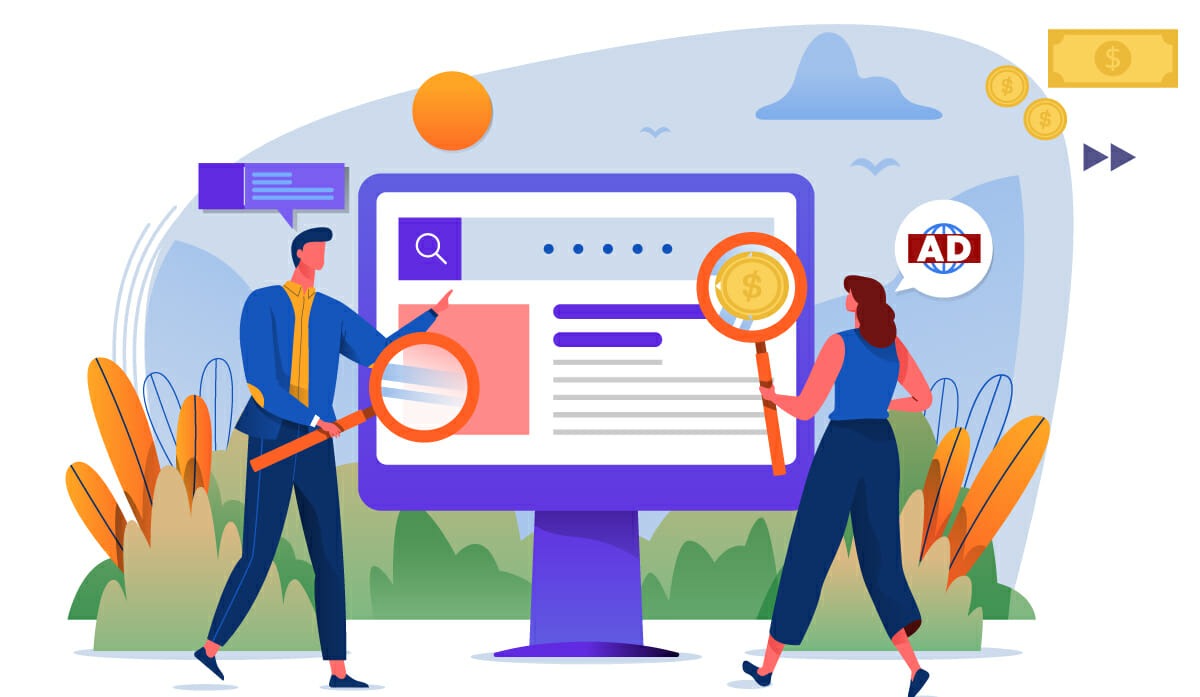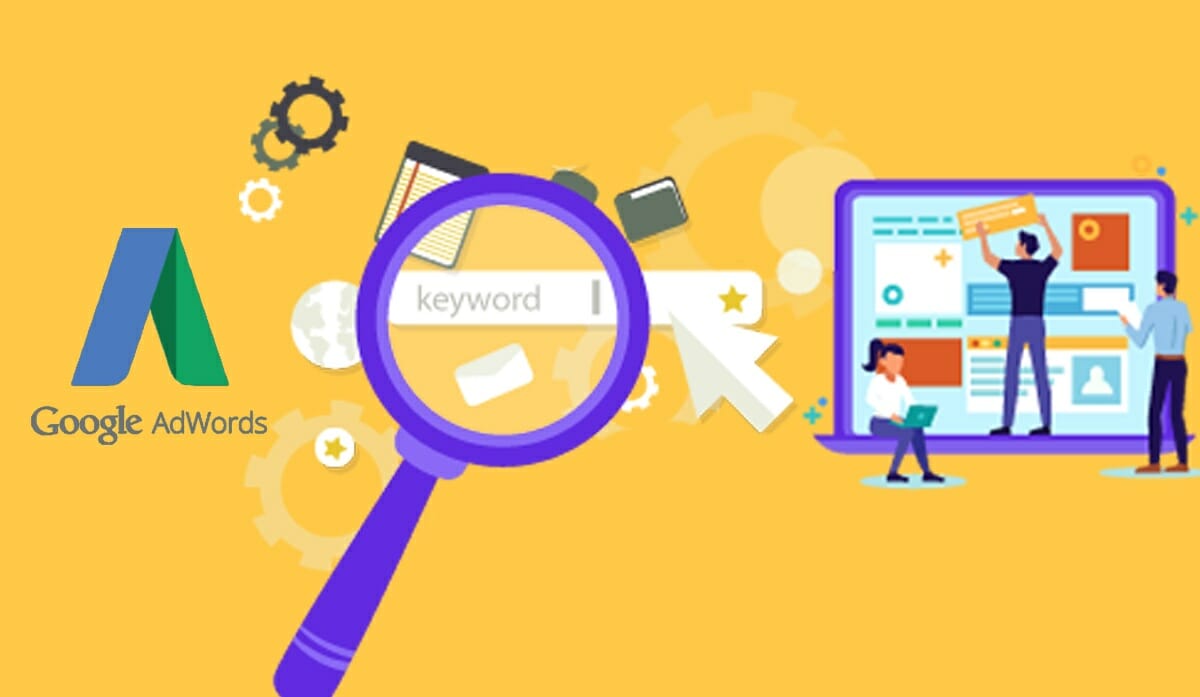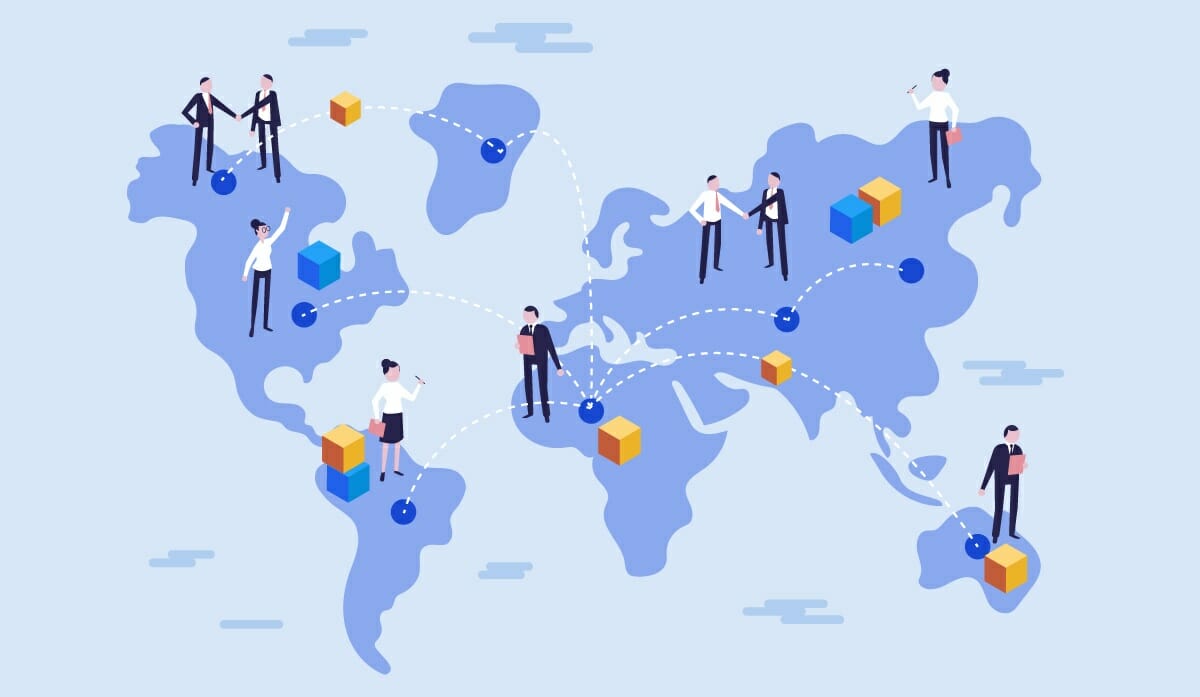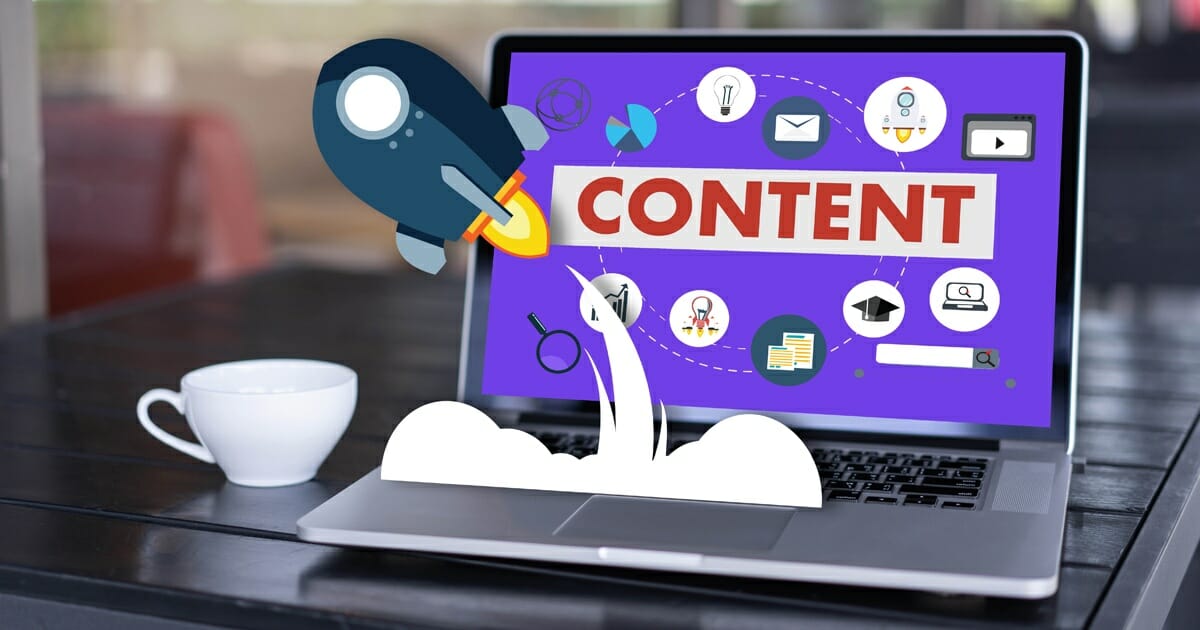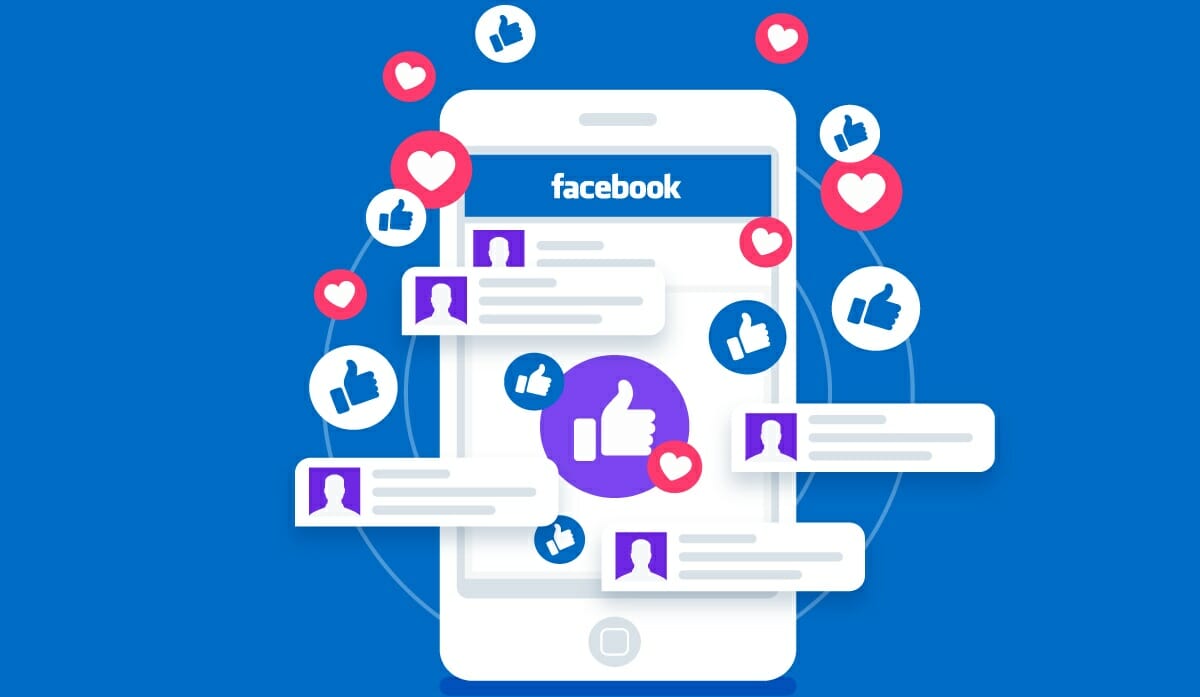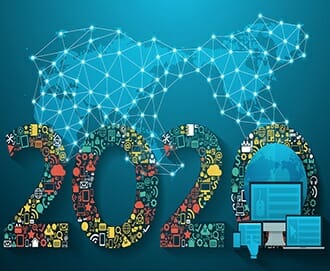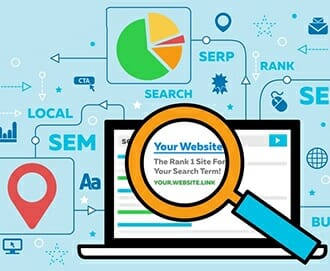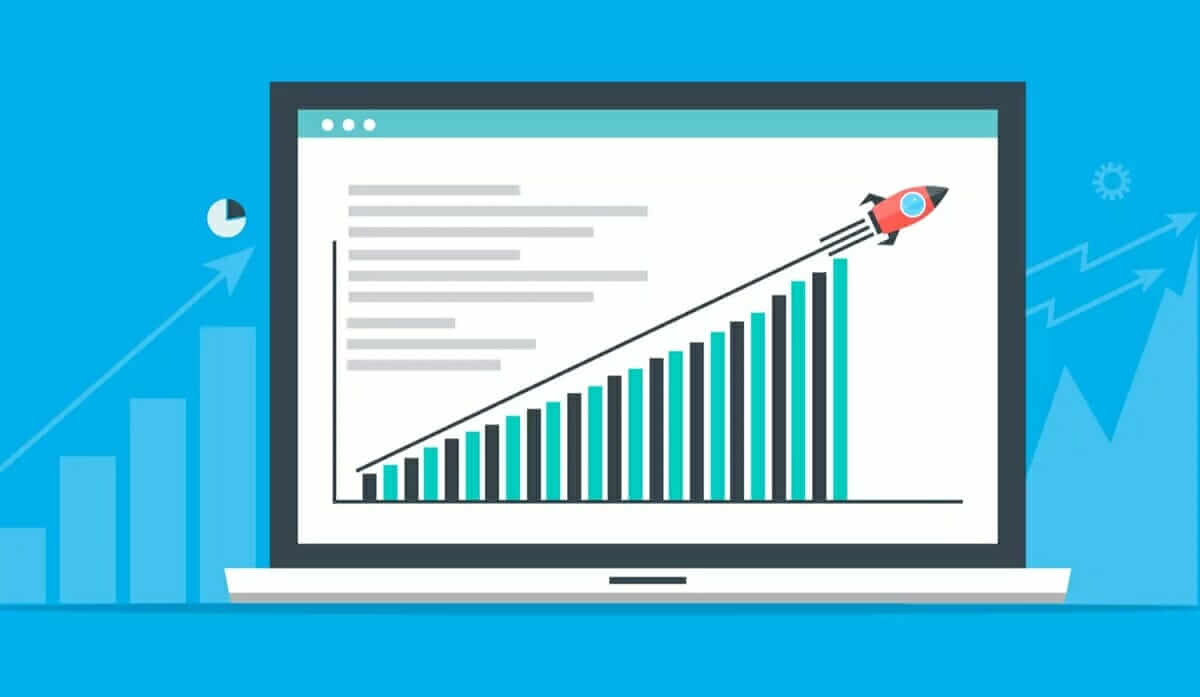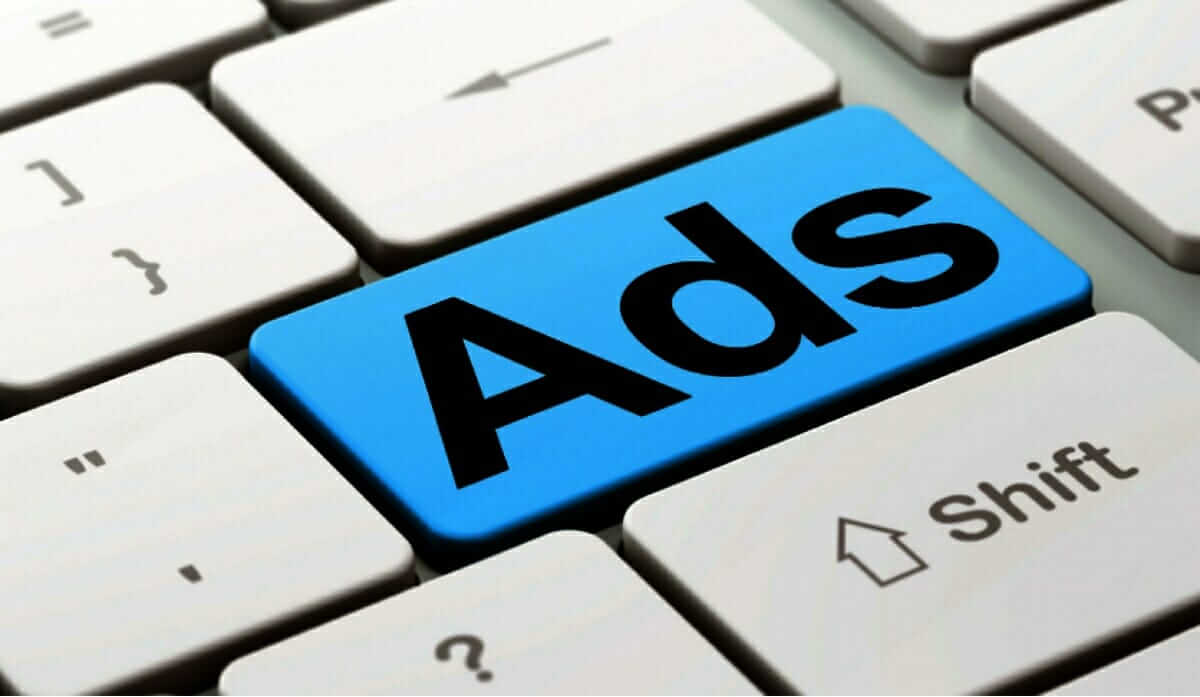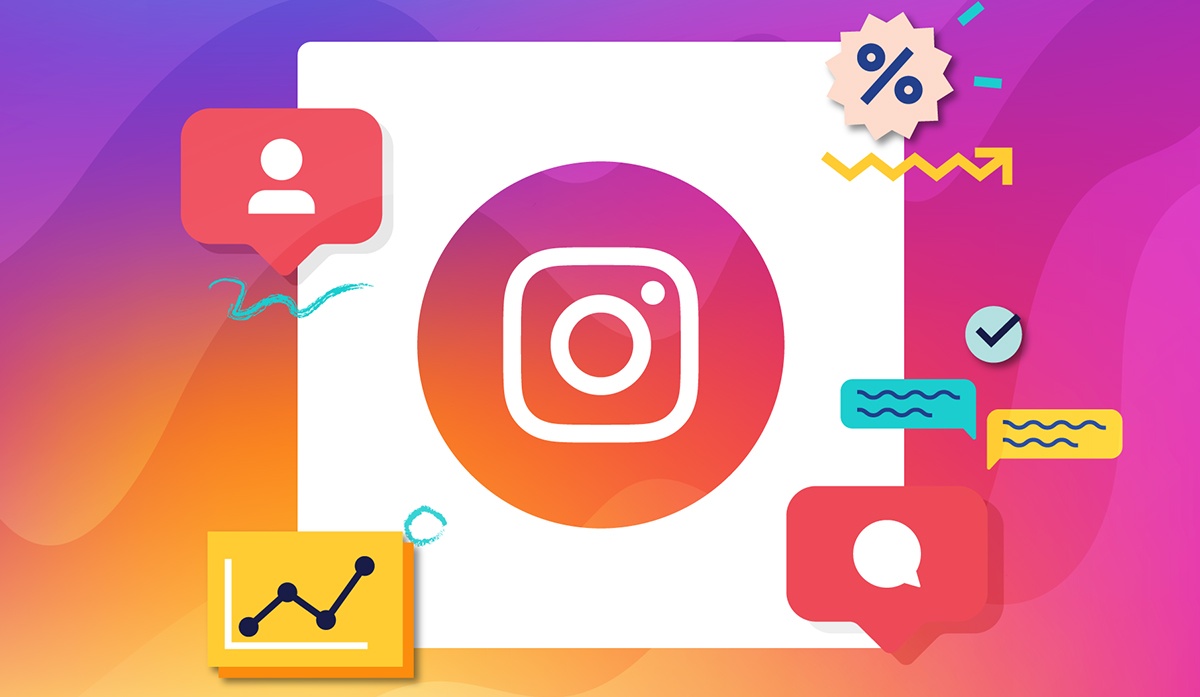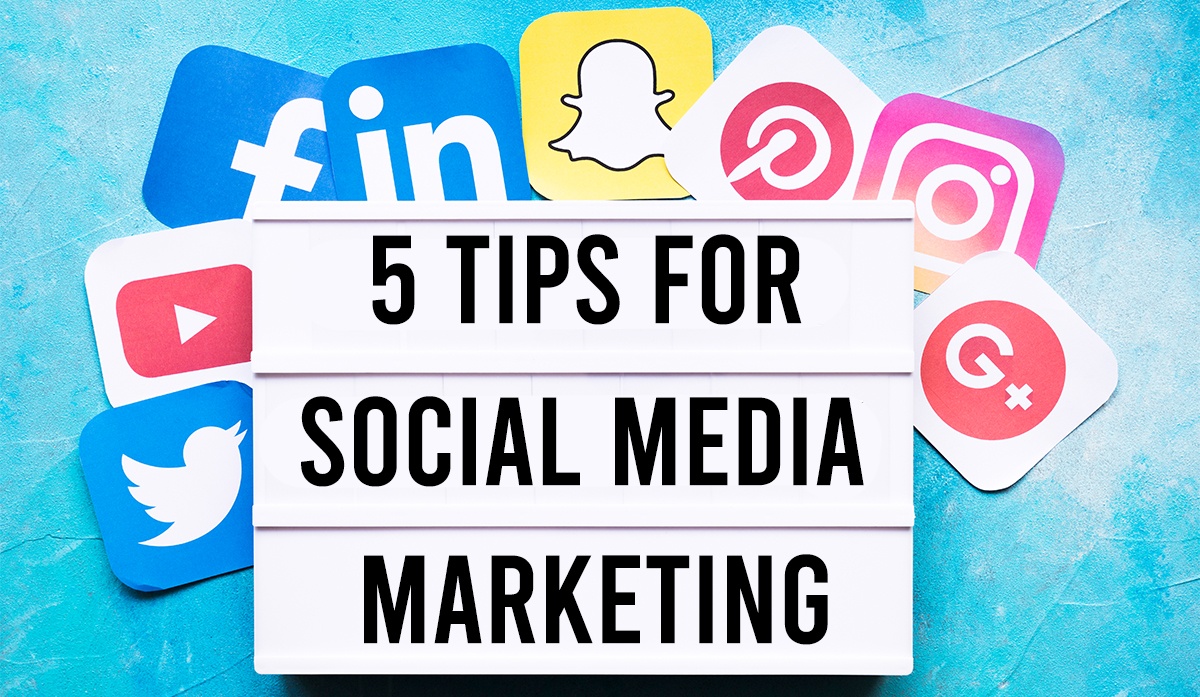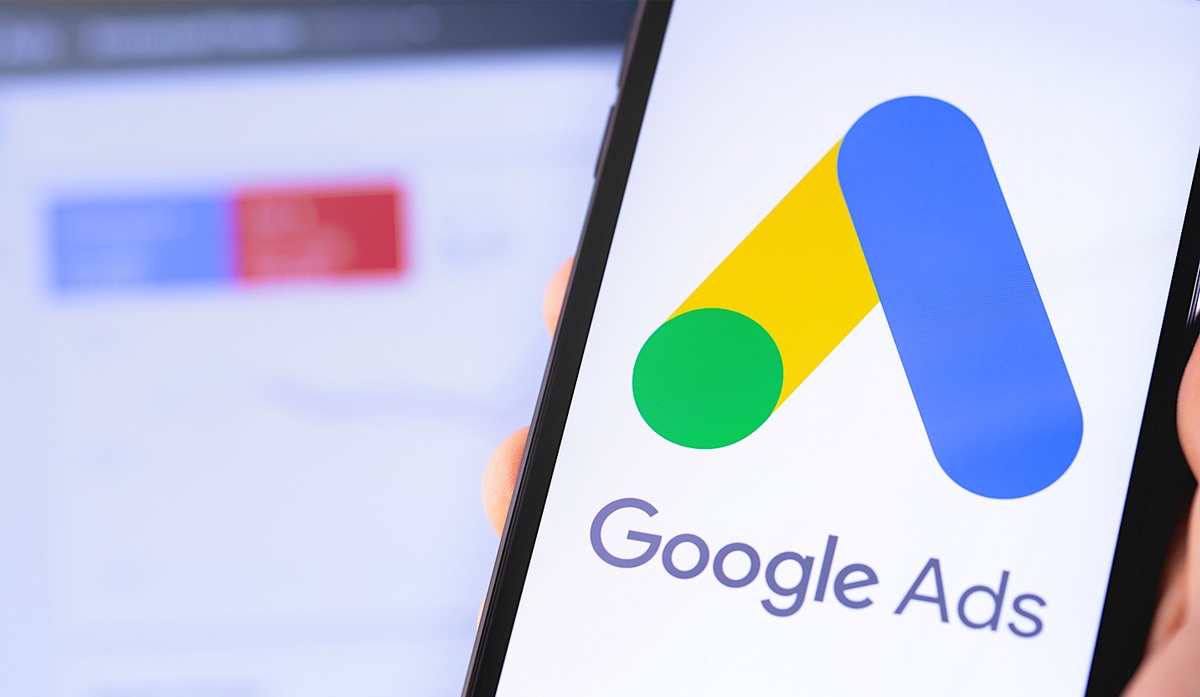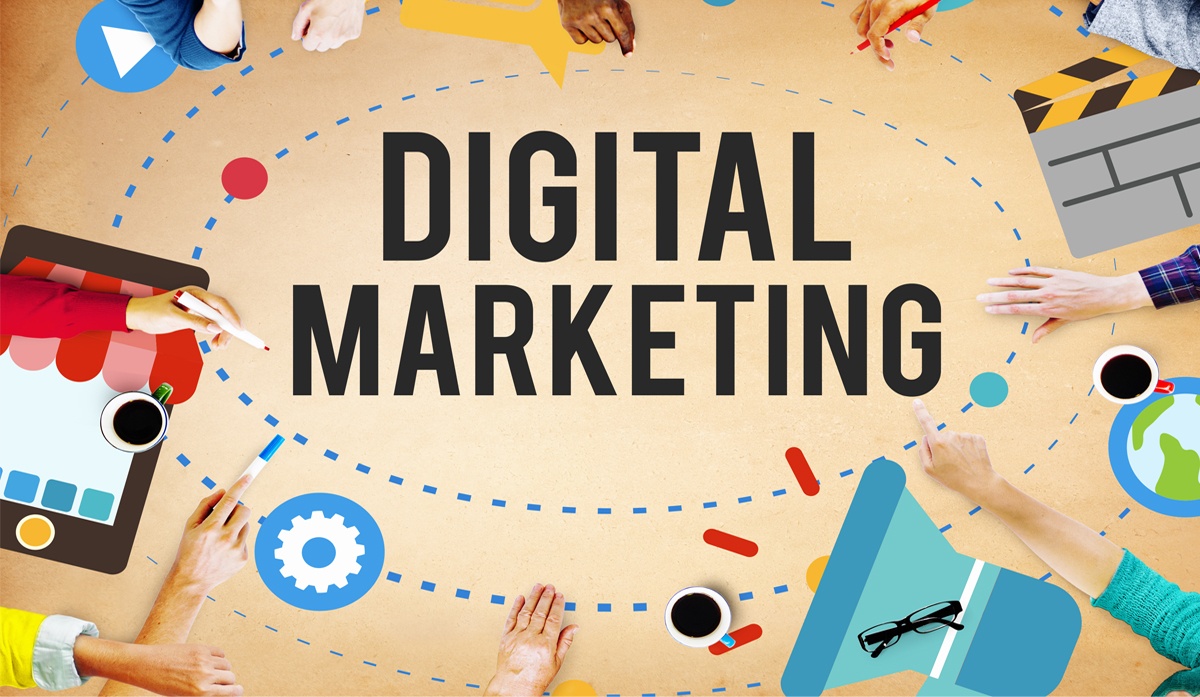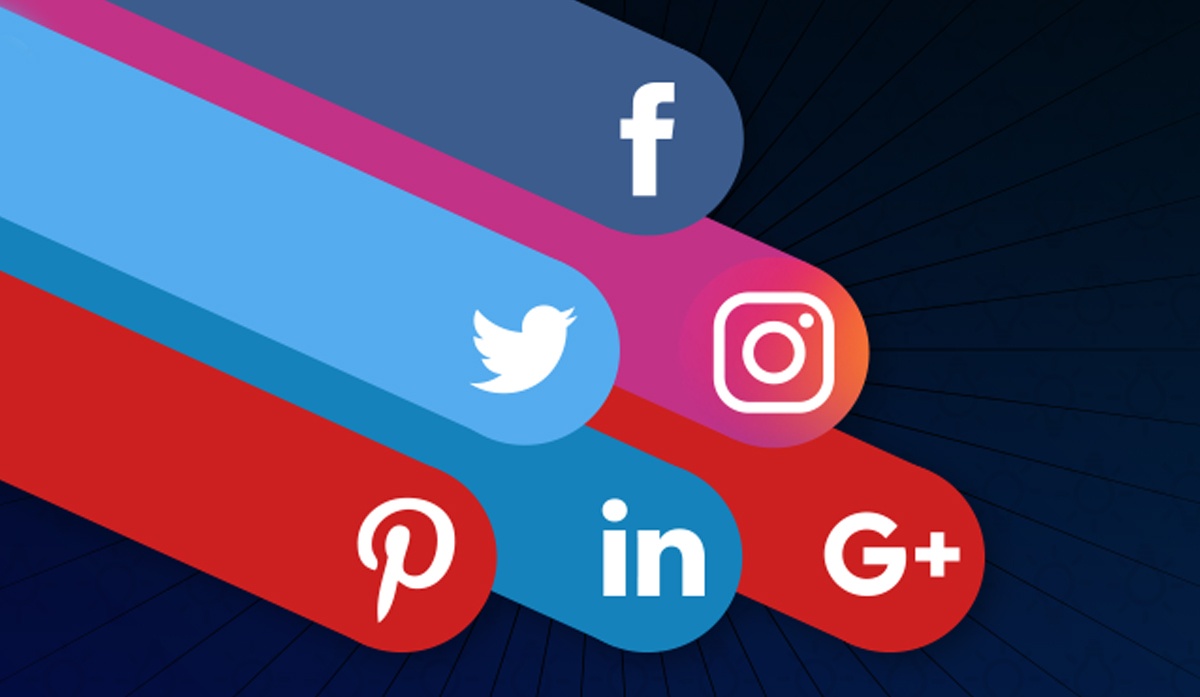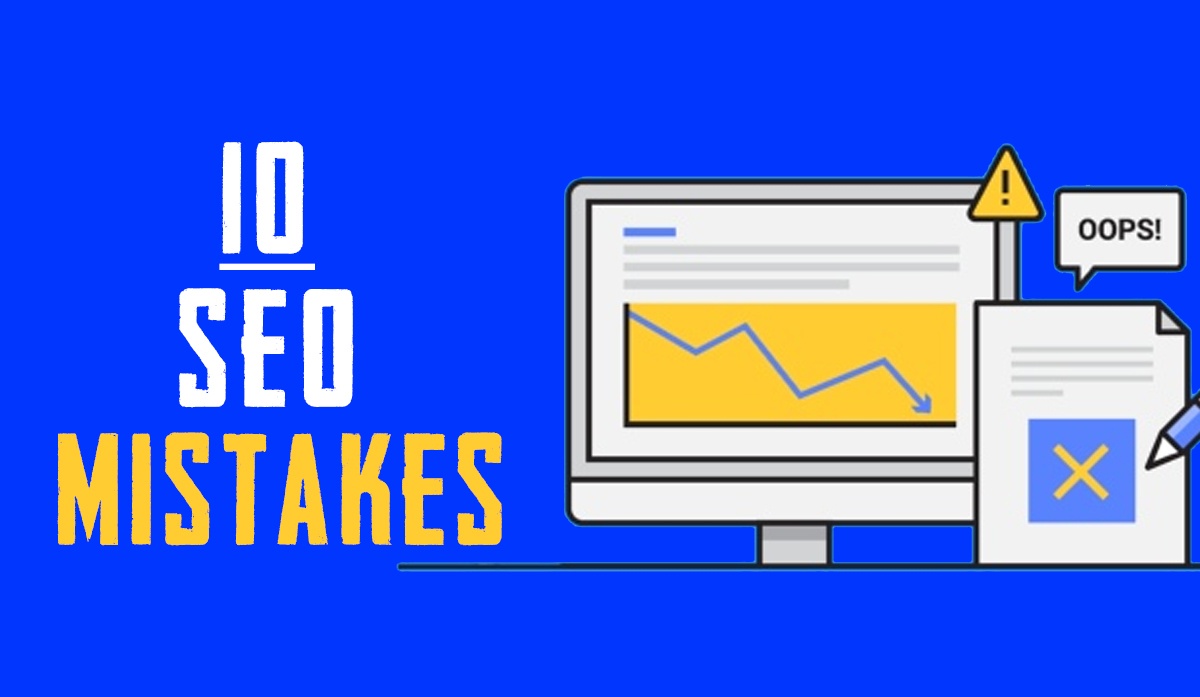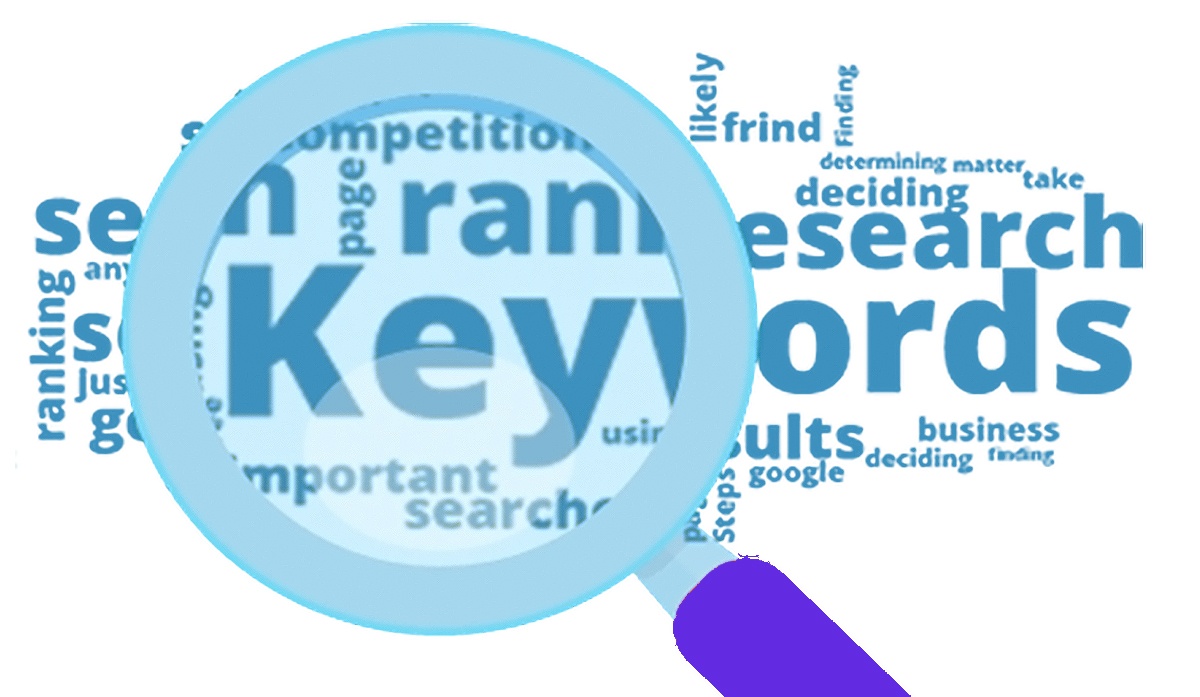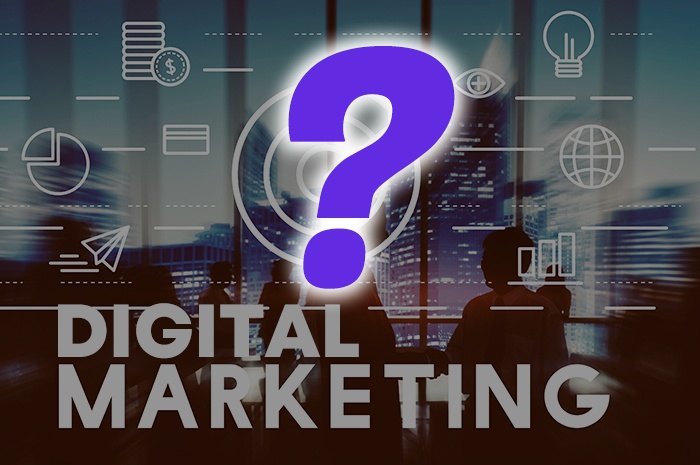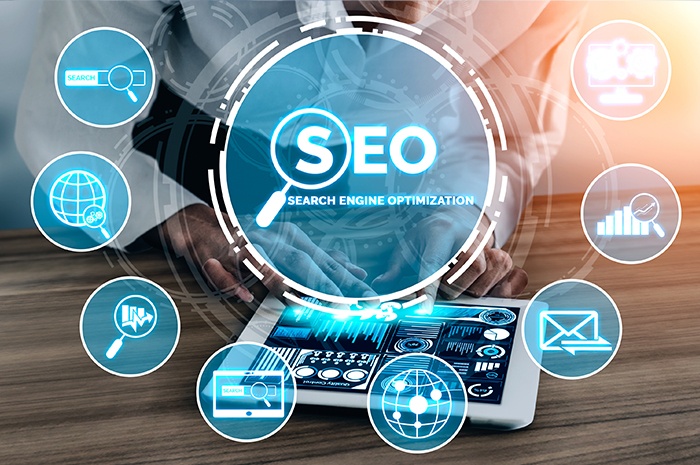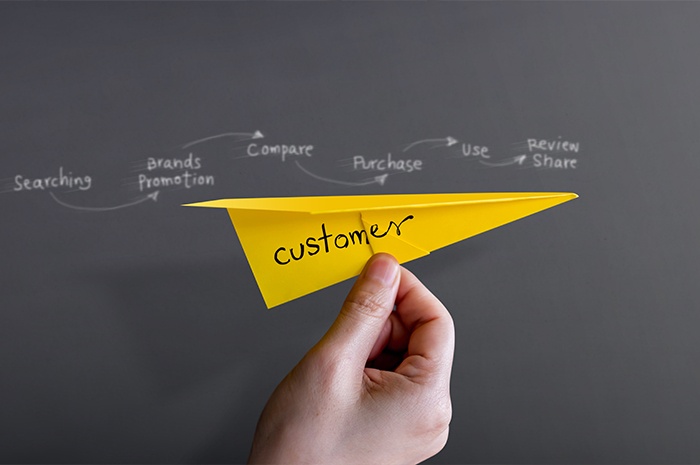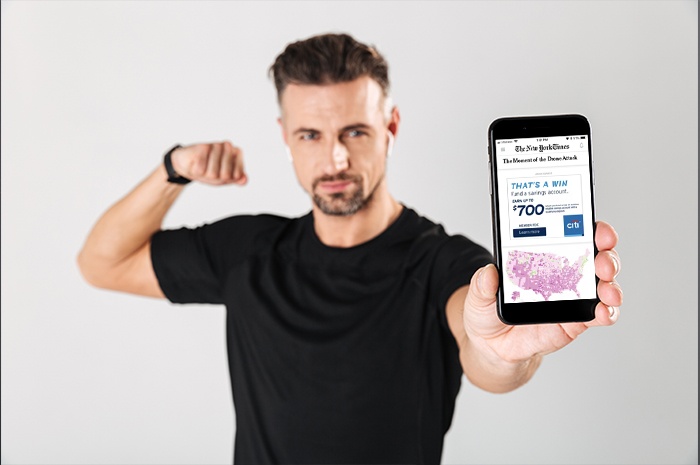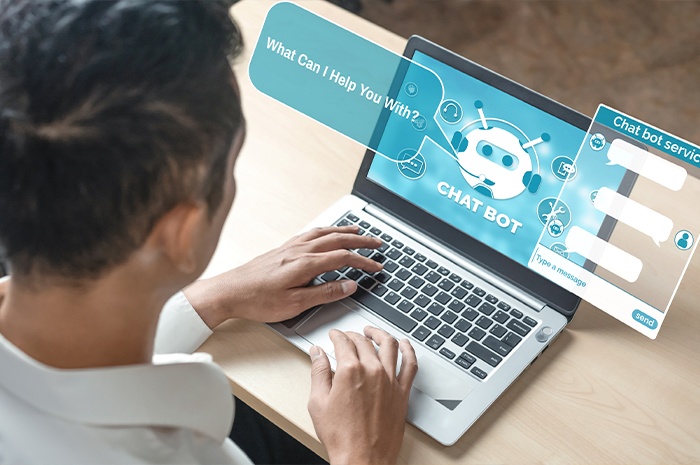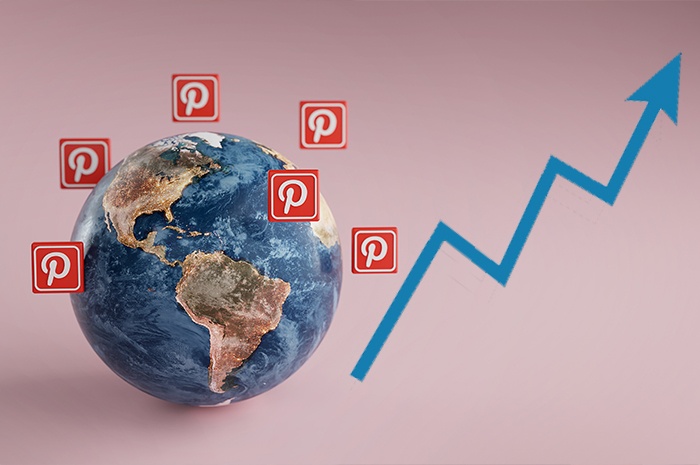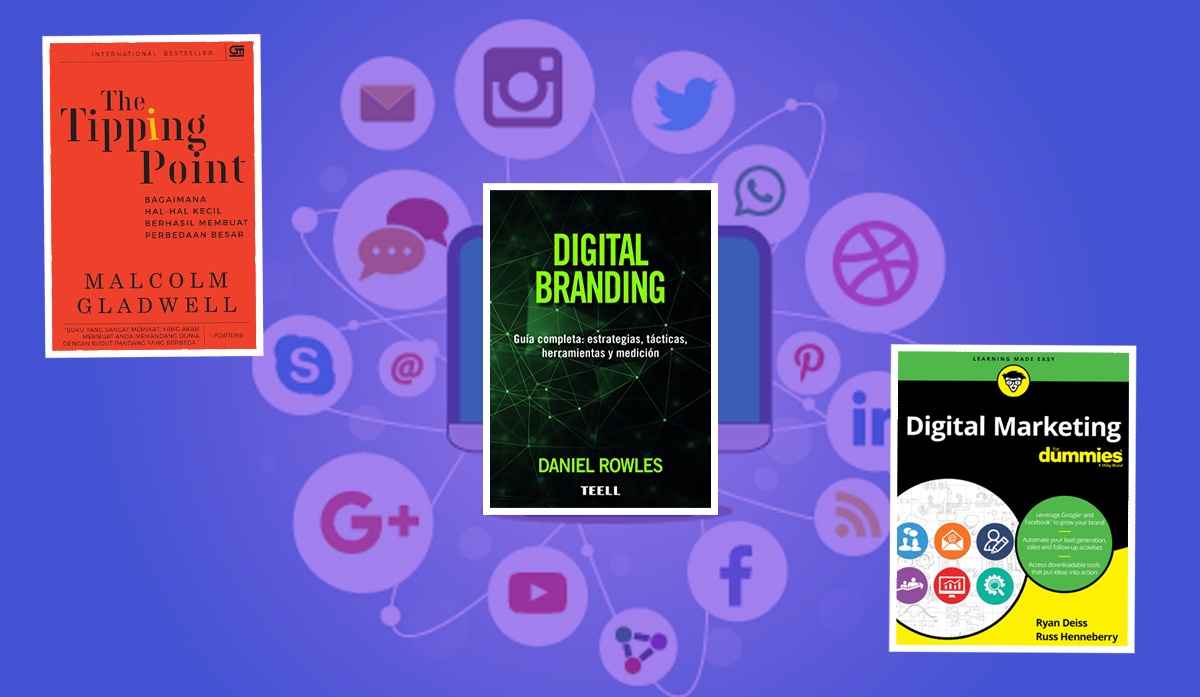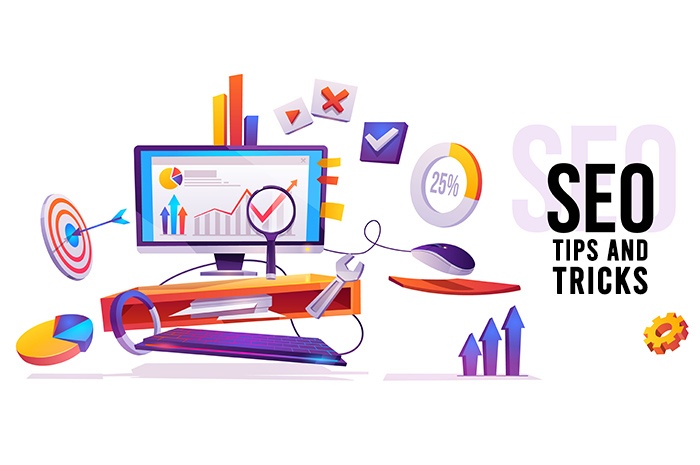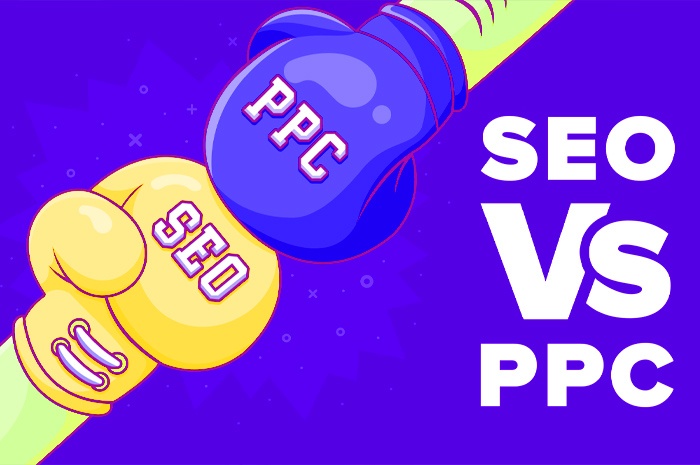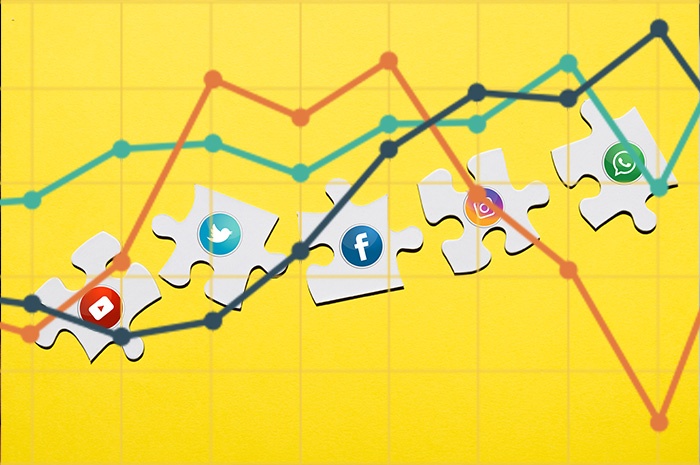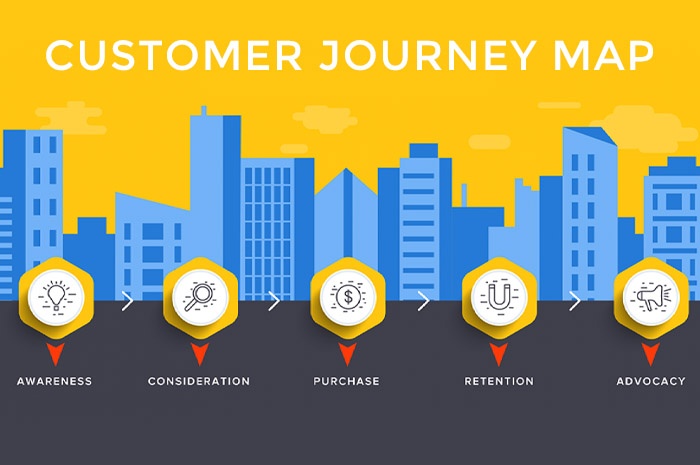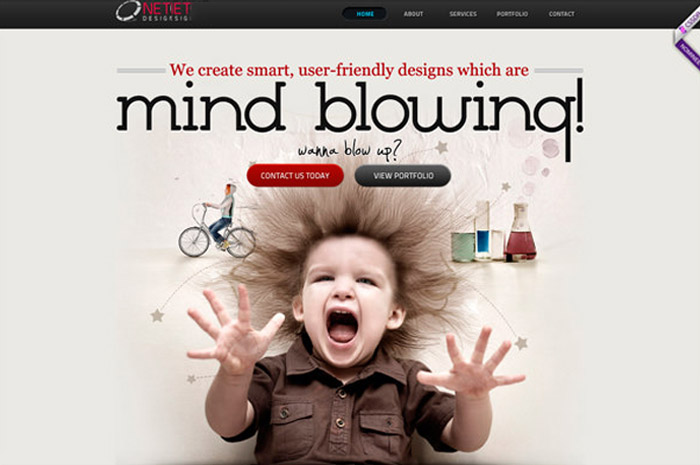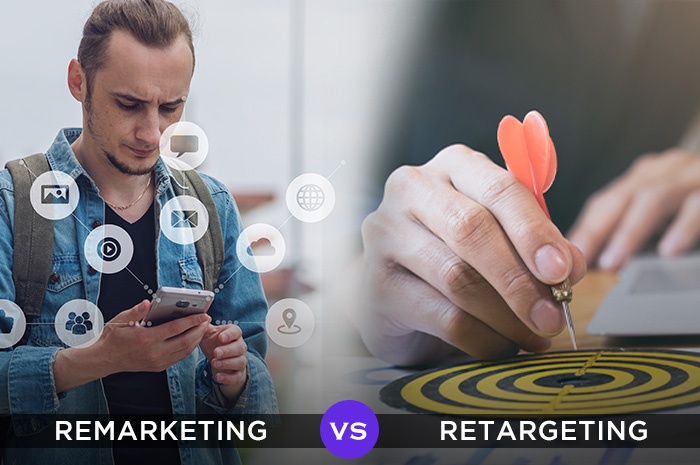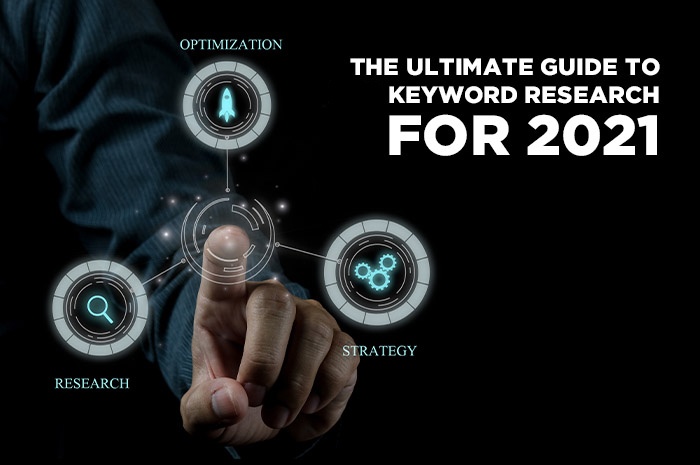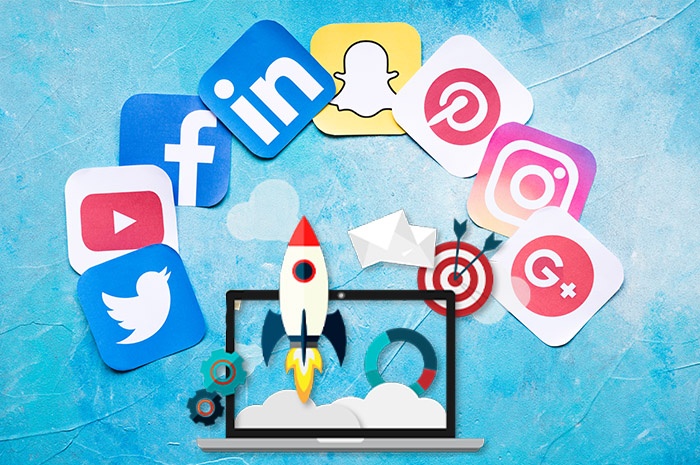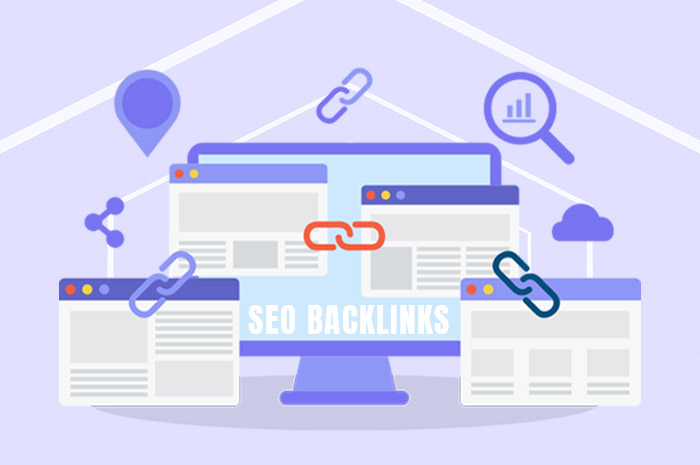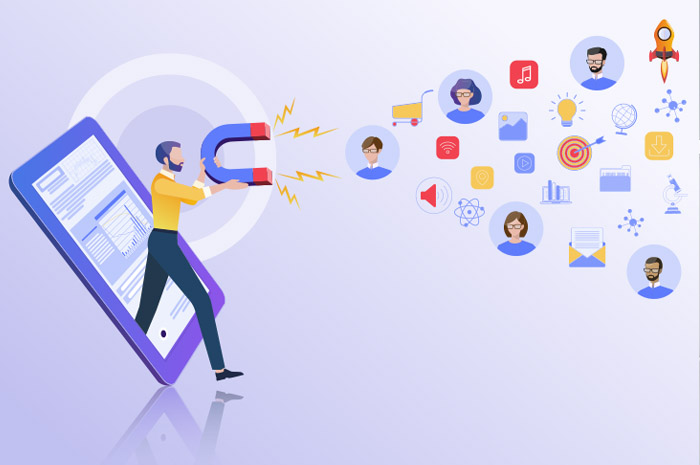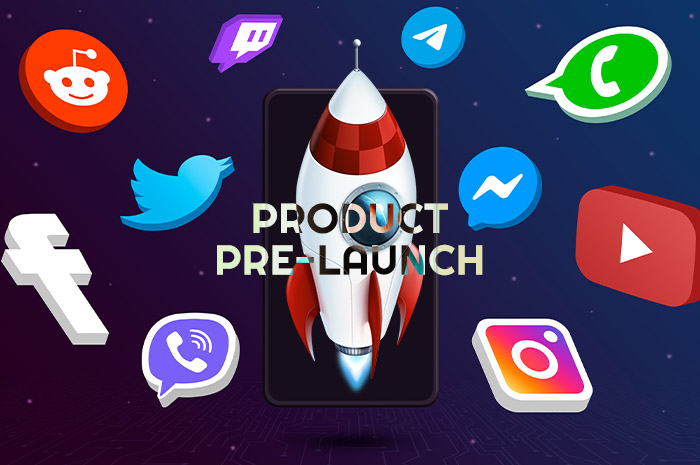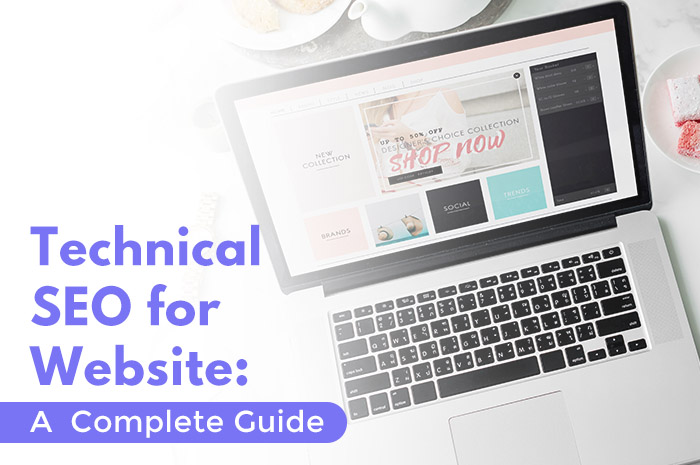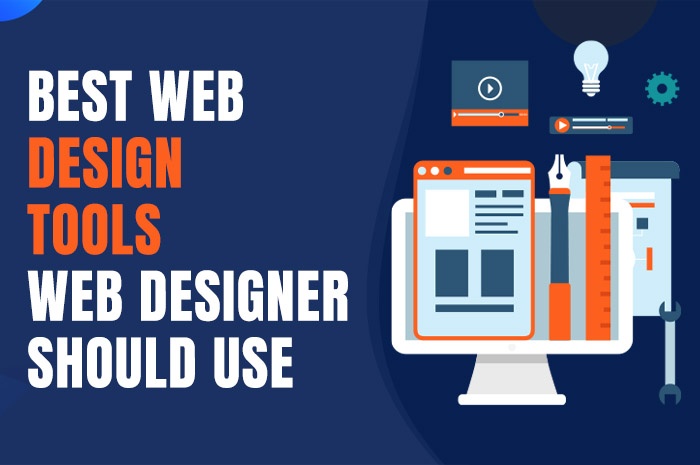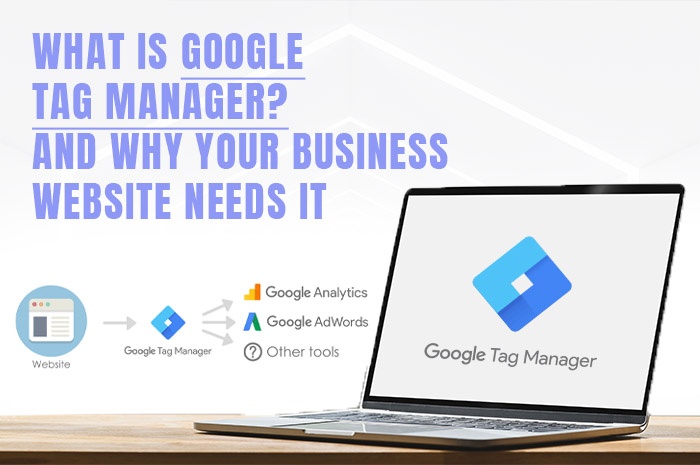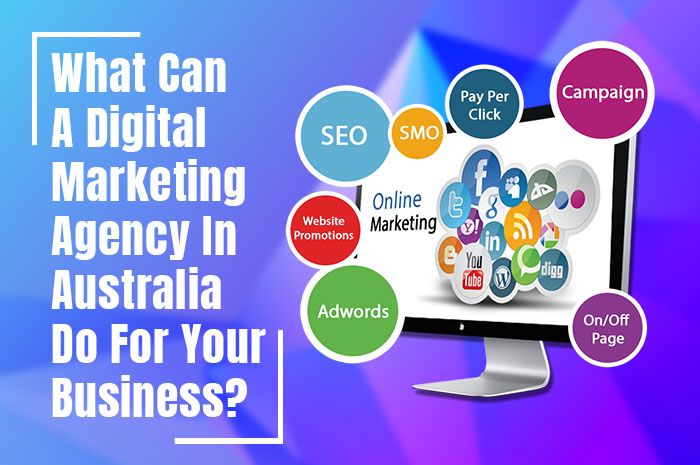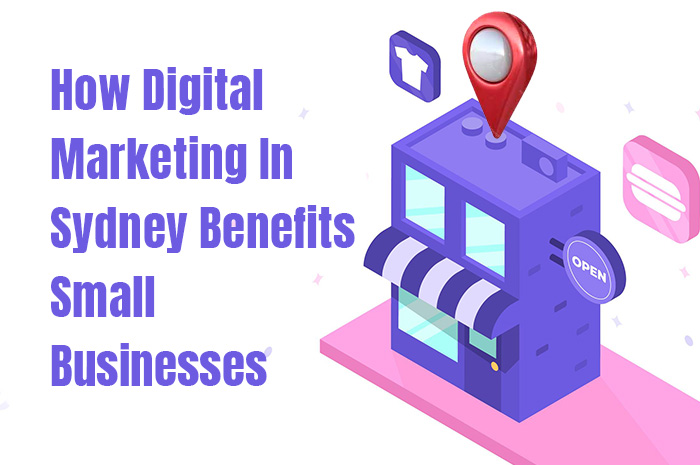Customer Journey Map: A Guide To Transform Your Customer Experience
By Digital Hub on February 18th, 2021
5min Read
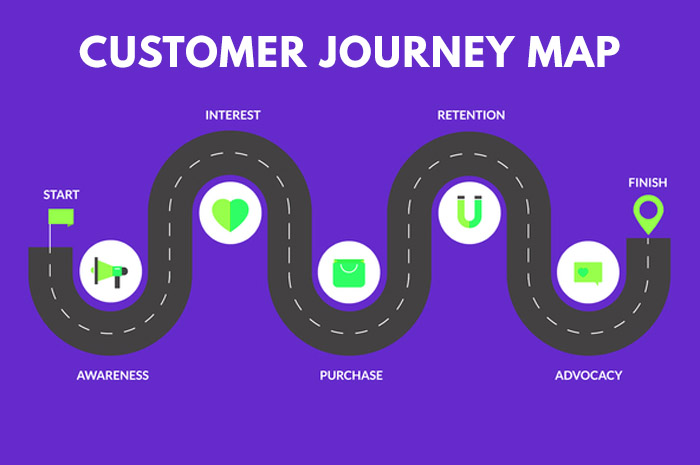
A lot has changed in the way businesses interact with their customers. Initially, premium products and services were the key measurements of your business’s performance. But that is not the case anymore. Customer experience(CX) has become an important part of marketing. And this has led to the need for businesses to come up with a customer journey map.
It is easy to assume you do not need one, especially if your business seems to be doing just fine. But that is a huge risk to take at this age. Many of us no doubt know how to gather basic information about our customers. But this is only effective to a certain point.

Customer journey mapping puts you in your customer’s shoes. You don’t see them from your company’s point of view. Rather, you get to picture what your customers see and feel as they interact with your business.
These are some questions a customer journey map can help you address:
- How does a customer react when seeing your brand for the first time?
- What are their motivations?
- How did they find out about your business?
- How do they access it?
So far, we’ve only touched on the basic importance of customer experience. In the rest of the article, we let you in more about customer journey mapping. From why you need it to how to come up with one. Read on to learn.
Why You Need Customer Journey Map
Sales nowadays are majorly driven by customer experience. And nothing else will help you build a better foundation for that than a customer journey map.
Generally, having a better understanding of your customers will help you refine and improve your business performance. Therefore, you have every reason to have a customer journey map as part of your business strategy. Below we show you the need to take this step.

1. You Have A Complete Picture Of The User Journey
You might think direct interactions between a customer and your business is enough. In reality, a lot happens throughout the sales process. From first encounters to the decision-making process, a user experience journey map covers it all. It gives you a detailed outline of the phases a customer goes through.
2. Effective Problem-solving
It’s not only about learning what customers experience as they interact with your business. A customer journey map also highlights the pain points and challenges they faced before. This helps you and your team come up with proactive strategies to tackle these issues. Measures can also be taken to develop strong points and further improve user experience.
3. Get Higher Conversion Rates
A customer journey map is an excellent way to highlight deciding factors that influence the user journey.
By acting on the steps that customers take, you can make changes and improve the user journey. This lessens bad customer experiences and boosts conversion rates.
4. Retain Your Customers
Understanding how customers interact with your business is a key factor in retaining them. A customer journey map helps you understand the different consumer journey stages. It becomes easier to retain them once you know what it takes to satisfy their needs at every stage.
5. You Can Study Customer Experience And Behaviour On Different Touchpoints
A touchpoint is any point of interaction between customers and your business. It could be a form of marketing such as TV or Radio ad. Your company website and social media links are also vital touchpoints.
With the help of a customer journey map, you can focus on a customer’s journey across different touchpoints. It will act as an endless source of information, which you can then use to improve customer experience.
6. Measure Your Business’s Performance In Terms Of Customer Interactions
A customer journey map gives you a systematic layout of your customers’ experiences. With this data, it becomes incredibly easy to pinpoint positive and negative areas. This, in turn, gives you a performance index where you can make needed adjustments.
7. Expose Gaps In Your Business’s Internal And External Processes
The benefits of a user experience journey map go beyond giving you an unforgettable customer experience. Journey mapping can also help you identify irregular patterns in your business’s operations.
Here’s an example to illustrate that.
A B2B company that deals in phone shipping may have delays with packaging and delivery. One of the results from this situation will be further delays in arrival and warehousing. If you’re among the phone stores that need this supply, it creates a negative experience for both your staff and customers.
A customer journey map can help you spot such problems early and find a better solution for them.
8. Rescue And Restore
Customer journey maps are meant to enhance user experience. They’ll also point out red flag areas that need improvements. While the idea looks good on paper, some businesses don’t go far in achieving a journey map’s objectives. This reduces its effectiveness. So make sure you have gone all the way.
In summary, so many businesses are now seeing the obvious benefits of investing in a user journey map. It would be great and wise for you not to be left behind as well. However, coming up with a customer journey map is not something you can achieve overnight. It is a long term project that covers your business’s objectives. And these objectives can last for more than a year.
So, before you begin your journey of creating one, first of all, understand the key components of a customer journey map. This will save you from launching an ineffective campaign.
Components of An Effective Customer Journey Map
1. Intended Action
One of the major goals for any business is to attract potential customers to the business and convert them. But what decisions and steps will a customer go through before the intended action? Journey mapping walks you through the consumer journey stages.
2. Touchpoints
As we discussed earlier, touchpoints act as bridges for customers to access your product or service. It could be the simplest forms of advertising today, such as radio and TV ads. It could also be subtle yet effective options, like recommendations and referrals.
3. Communication channels
How do you engage your customers? You could do it through the telephone or electronic mail. Have a professional team on board to help you with this. This includes a customer service department that directly handles issues and inquiries.
Having looked at the components, let’s now look into how one is supposed to come up with a customer journey mapping.
Coming Up With Your Customer Journey Map
There’s no guaranteed all-in-one design for marketing strategies. Customer journey maps are not an exception. A customer journey map for an app development company will, for instance, look different from an online fast-food delivery service.
Nonetheless, the end goal is the same for everyone: To create a genuine, memorable customer experience and retain quality standards.
So, are you ready to go through the user journey? To feel their pain and create the ultimate user experience? This guide shows you what you need to create the perfect customer journey map.
1. Buyer Personas
Buyer personas act as a map by themselves. They help you identify with your customers’ background. From who they are and what drives their preferences to how they interact with your business.
Understanding user demographics could also help you to improve relations with your customers. That’s in addition to refining your target marketing campaigns.
Buyer personas generally play a huge role in creating your customer journey map. In fact, they’ll be the source for most of the content. That is why they should be on the top of your list.
Buyer personas give your business a reference point for joining the consumer journey stages. You can as well use them to target different audiences at the same time.
2. Customer Journey Phases
A customer journey map usually breaks down the whole process into stages. Each stage represents a step or decision point that the customer has to get through.
You should therefore develop your customer journey map with consumer journey stages in mind. This helps you focus on delivering the best customer experience possible. The stages also help you define the moments when customers interact with your business.
Common points of customer interaction are:

Discovery
This is the first time a potential customer comes into contact with your brand, product or service. First impressions can be moments of truth that make or break you.
Explore
Interested customers will be curious. They’ll want to further check out your product or service. This is a great indicator of positive customer interaction.
Compare And Contrast
Keep in mind you may have competitor brands. Potential customers will definitely weigh out their options. Are there other businesses that offer similar, better products and services? What makes you stand out from the rest?
Customer Evaluation
Now that the customer has reached a final decision, they’ll opt to settle on your business or move on. Your user experience journey map should help you study what drives customers. What makes them choose a product or service over another?
Purchase Inquiries and Orders
Finally, the intended action you’ve been waiting for. With customers satisfied, they’ll be comfortable with a payment plan. This is what seals the deal for any business.
Customer Retention
Well, we’re not out of the woods yet. Purchasing a product or accessing a service is one thing. You may have convinced your customers to consider your business above the rest. But what’s going to keep them coming back for more?
This stage is, in fact, crucial in defining the customer journey and user experience.
What Is your post-sales strategy? How are you keeping your customers engaged after they interact with your business? What’s your customer care and support plan?
These are some of the factors that will define brand value and customer loyalty.
Recommendations and Referrals
It may be overlooked by many businesses, but this is a powerful brand awareness tool. Word of mouth, online shares, comments and reviews. Such methods will boost your business’s credibility.
Customers that enjoy a sustainable product will want to share their amazing experience. Not only is it free advertising, but you also reach new audiences.
Highlight The Touchpoints Your Customers Use
Without effective touchpoints, there’d be no way to maintain customer interest. What platforms can customers use to access your product or service? What are the different strengths of each platform?
On social media channels, users can like, share and comment on business posts and updates. Your website, on the other hand, is ideal for customer reviews, testimonials and inquiries. Some customers find it easier to contact you through the phone.
It’s evident that your customers will have different preferences. To create the perfect user experience, study the touchpoints at your disposal. Using the journey map, you can improve the user journey process across each touchpoint.
Research On Customer Profiles
This is an extensive process and may require resources, depending on your mode of research. However, it is a small price to pay for the end results. Research is critical in any problem-solving process.
Your customer journey map is based entirely on information collected from customer interactions.
Doing a research study on customer experience is therefore a highly valuable process. It creates a model for you to ask questions based on customer experiences. These questions define the consumer journey stages.
Examples are:
understand what drives value for your customers?
What are their motivations and goals?
What are your customer’s thoughts on the journey process?
How did they feel when they started?
How and What made them pick certain decisions over others?
What touchpoints did they find most effective when interacting with your business?
What is your customer’s emotional experience?
How do they feel so far about the user journey?
How long was the decision-making process? (A user journey process can last from a few hours to days)
How long did it take to reach a payment plan?
Identity Points Of Friction
At this point, you’ve gone through most of the consumer journey stages successfully. You now need to evaluate the negative moments of the overall user experience.
All businesses have different ways of viewing their customer journey maps. But problem areas are always common. It could be delivery delays or unanswered inquiries, for instance.
Discuss with your marketing team and find the main causes. Here’s how to go about it.
In what area is friction felt? (Look through your touchpoints and business contacts). Has there been a decline in sales or bad customer reviews? Could the problem area mentioned above be the reason? You may have noticed these issues and fixed them. But are your customers aware of these updates?
In summary, a customer journey map is a wonderful tool that can be applied in areas within your business that need development. From measuring your business’s performance to customer outreach. A journey map accomplishes a lot. That aside, the need to improve customer interaction will lead to innovative approaches. Your business can also plan its financial priorities and focus on high profits.
Merging Your Internal And External Business Operations( Front Stage/ Backstage)
A customer journey map is divided into two categories. So far, most of what we’ve discussed points to the front stage part of the journey map.
The backstage part of the map focuses on your business’s internal operations. These include your stakeholders, staff and other third parties involved. This is the department that’s responsible for bringing the map’s initiatives to life.
When merged together, it becomes an ecosystem map. This model is important in identifying the main driving parts of the journey. It also helps your organisation understand how you’re going to achieve your CX objectives.
The user journey process is supposed to be a fun activity for both customers and staff. When used as a company’s guide book, it can achieve incredible returns on investment(ROIs).
Your customer journey map should also be regularly updated. This ensures a healthy life cycle for your user and customer base.
Final Thoughts
To sum up everything, customers should have a memorable experience throughout your business’s life cycle. We have already seen how a customer journey map steps in to solve this. With the great tips mentioned above and some professional help, you’re good to go. A customer journey map will help you create the perfect user experience. We hope this guide will make the entire process of creating one easier for you.






